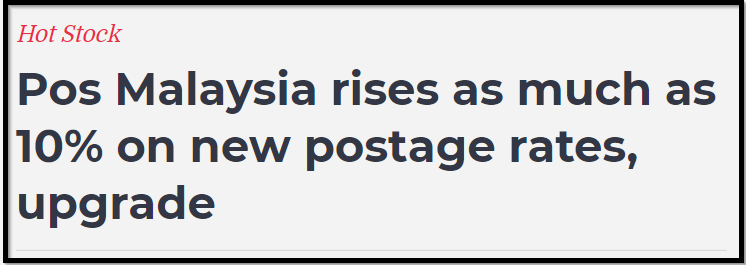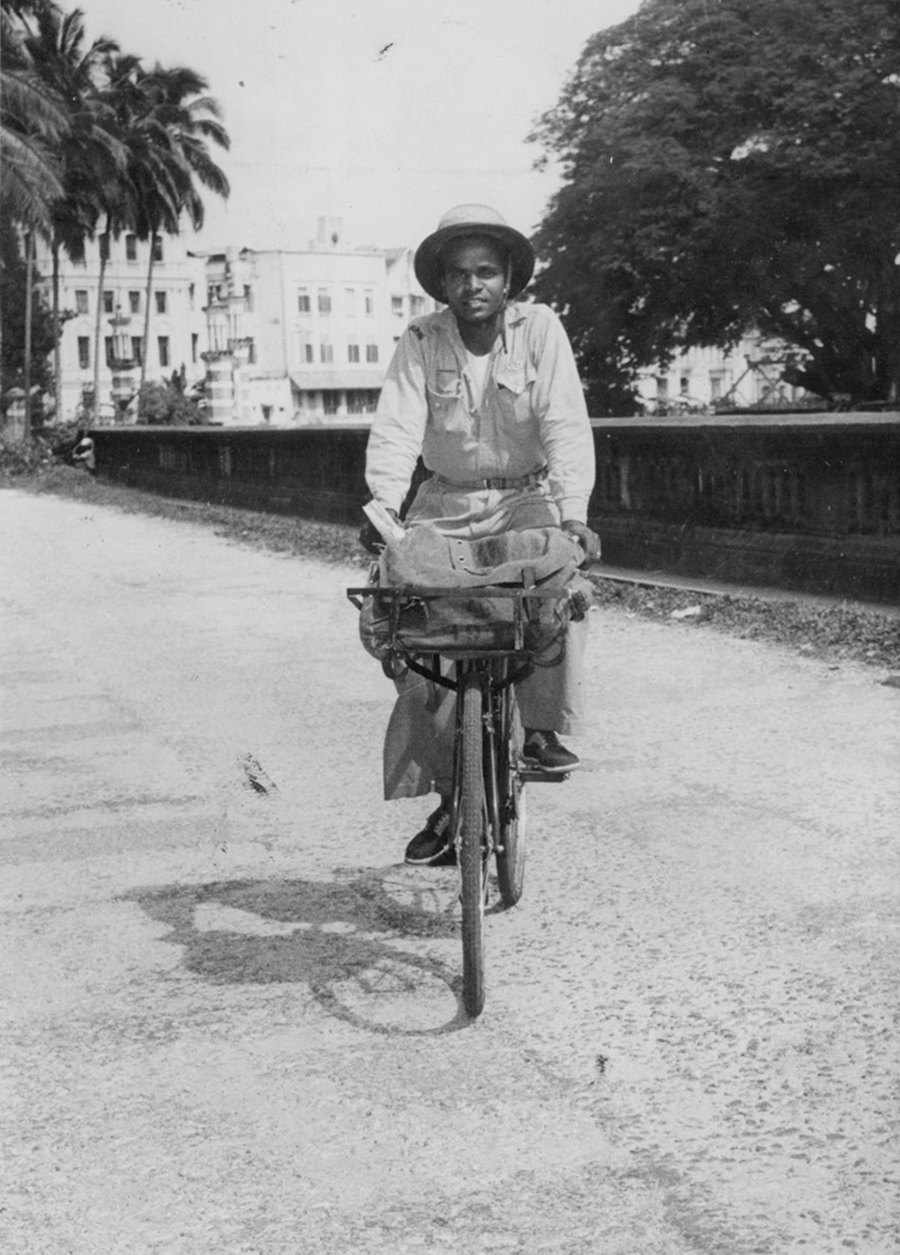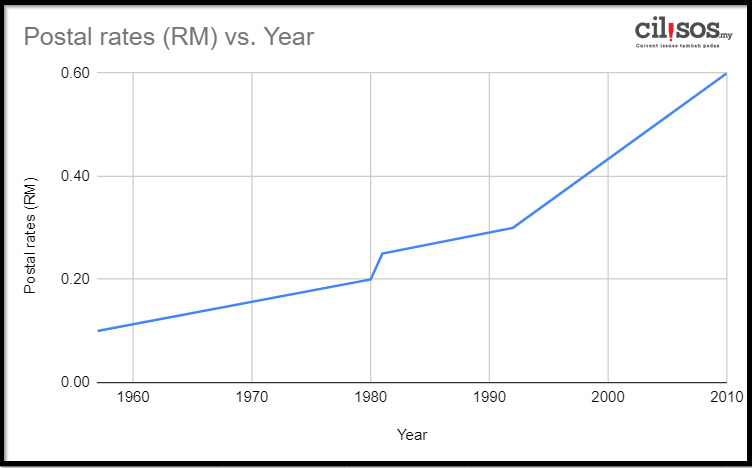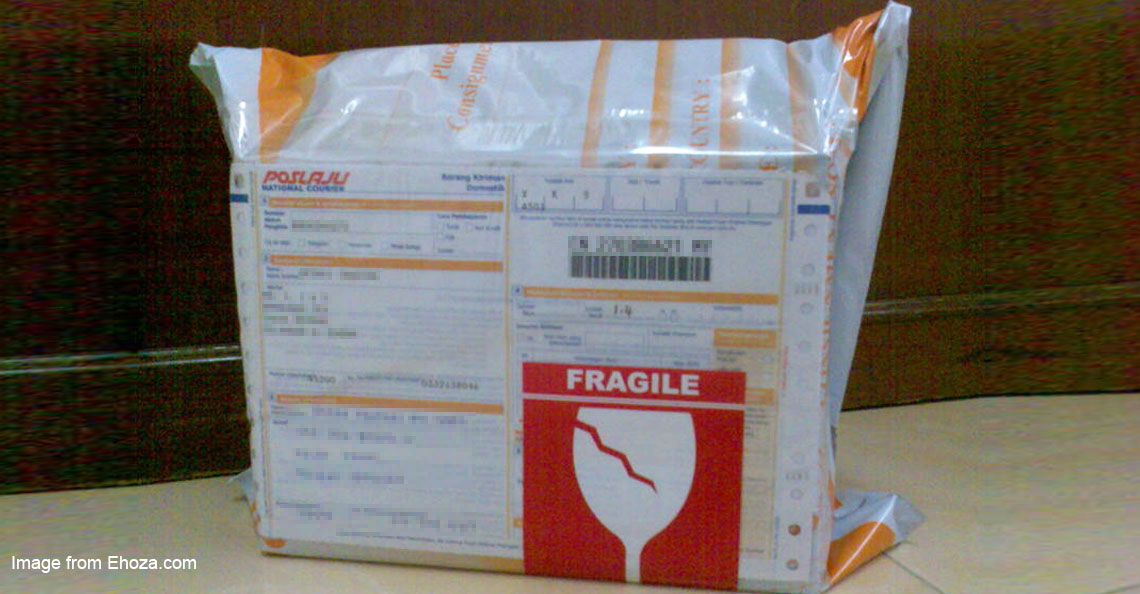Pos Malaysia increased the cost to send mails. But how much different is it from 1957?

- 1.1KShares
- Facebook1.1K
- Twitter2
- LinkedIn3
- Email4
- WhatsApp10
So just recently, Pos Malaysia has announced that it will be reviewing its postal rates…

…and this has been implemented starting 1st February 2020 (okay, we know we’re a bit late into the party dy #ihatecilisos). The revision was approved by the govt and it was done to generate more income to help improve its services.
Besides that, Pos Malaysia made this revision to follow the current international rate that has been increased by the Universal Postal Union (UPU) but we’ll get to this later.
Chup, do people still send and receive mail nowadays?
Well, yea. And, according to Pos Malaysia, 5% of mails are actually sent by regular Malaysians like all of us. The remaining 95% of mails, on the contrary, are sent by business corporations.
But what really caught our attention was how this revision was the first after… 10 years(!). So we got in touch with Pos Malaysia to find out more about this. And we were told that…
Malaysians used to only pay 10 sen to deliver letters for… 30 years!
In order to understand the changes in postal rates, we have to travel to when Pos Malaysia was first founded.
So the postal history started back in 1880s when the Straits Settlement first emerged. The East India Company has established the first postal services in the nation. Back then, letters would be delivered by messengers or dispatch riders and the postage fees would be collected manually when the letters reach the respective post offices.
However, we weren’t able to trace how much people in the Straits Settlement had to pay to send a letter back then la. What we were informed tho was the cost to send a letter in 1957. This was the year when Pos Malaysia became a govt agency.

According to Pos Malaysia, the rate to send a letter at this time was only 10 sen! And this postal rate stayed for almost three decades before it increased to 20 sens for letters that weighed up to 20g. Just to give you a clearer picture of what this means today, 20 sen then is equivalent to 60 sen today (or 2019 la to be accurate)… which is the EXACT cost of sending letters today! #spoiler
“In the 1980s, it (the postal rate) was later increased to 20 sen and (later) 25 sen.” – Pos Malaysia to CILISOS.
During this period, Malaysia was said to have provided one of the best postal services among developed countries(!). According to a book called ‘Who Benefits from Privatisation?’, Pos Malaysia, which was then known as the Postal Services Department, was able to generate profit for 10 years without changing its postal rate.
And, based on the rates given by Pos Malaysia, the postal rates were considered to be the lowest in the region after India. But this postal rate only stayed for a decade before it was changed again.
That’s because, in 1992, Pos Malaysia was privatised to stay competitive and has restructured itself as a business entity. This was around the same time Tun Mahathir had privatised a lot of govt agencies or govt-owned companies like Tenaga National Berhad, Telekom Malaysia and Malaysia Airlines in his first tenure.
And because of this, the cost to send letters increased to 30 sen.
“Not many people are aware that Pos Malaysia is a private commercial entity, which has been serving the Universal Service Obligation (USO) at its own cost.” – Pos Malaysia.
This means Pos Malaysia is no longer subsidised by the govt. So, having said that, Pos Malaysia has increased its postal rate to 60 sen in July 2010. This was reportedly done to restructure the salaries of postmen and counter clerks so that it would be on par with the salaries of other civil servants. And this rate has stayed up till today.

This time around, what would be changing tho, according to Pos Malaysia, is the cost to send commercial mails sent by business corporations.
Just to avoid confusion, we’re NOT talking about your shopping parcel deliveries because Pos Malaysia told us that the postal rate for parcels, which are under Pos Laju, are regulated. So that’s a story for another day. What we meant as business mails are those sent by corporations such as telecommunications and banking where they mail you letters like bank and bill statements or this…

Based on our limited research, we only found out that the postal rate for business mails have changed in 2005 when Pos Malaysia underwent reclassification of mails aka re-branding its mail products.
And, in 2005, the cost to send these business mails were…
- Bank statements: up between 5 sen and 25 sen
- Commercial samples, addressed catalogues and pamphlets: up between 15 sen and 50 sen
- Registered letters (from legal firms or banks): up from RM1 to RM1.40, and more.
The govt has mulled to review the rates since 2016 but the govt has only approved it in 2020 to accommodate the rising operational cost. The new rates in 2020 are…
- Stamp rates for commercial mail: up to RM1.30
- Commercial private letterboxes: to RM200 a year
- Commercial registered mail: RM3.10
- Non-commercial registered mail: RM2.40
However…
…it is NOT Pos Malaysia’s decision to change the rates.
Earlier in the intro we mentioned that the change in the postal rate was made to follow the current international rate that was set by the Universal Postal Union (UPU). And this new rate was agreed upon by all UPU members – yes, that includes Malaysia – in a conference that was held in Geneva back in September 2019.
“The system (by UPU) essentially ensures that post operators are compensated for the cost of handling, transporting and delivering items across borders of the member countries.” – Pos Malaysia told us.
But, this time around, the congress wasn’t any ordinary congress that was usually held once every four years. A quick search online brought us to news reports of how the union had to organise an ‘extraordinary congress’ to discuss a proposal that was brought forth by the US under the Trump administration.
It was reported that the US would leave the union if it doesn’t change the fee rates for import shipments. It claimed that postal carriers weren’t paying enough to have foreign shipments delivered to US recipients. But long story short, the US tak jadi leave the union anyways because of the changes made to the international postal rates (which we’ll get to in a sec).

In fact, most countries in the union have rejected the proposal by the US. And that’s because they have another main concern – the postal remuneration rates. And the remuneration rates involve bulky letters and small packets.
The outcome of the agreement? According to Pos Malaysia, the delivery cost has increased by 30% to deliver small parcels of below 2kg. And this has somewhat shaken the global postal landscape and prompted Pos Malaysia to review the postal rates.
And with the rise in the cost of operation for Pos Malaysia to serve over 9 million addresses, it probably makes sense for Pos Malaysia to increase the postal rates.

Buttttt that doesn’t mean Pos Malaysia can simply change the postal rates. As it turns out, Pos Malaysia has to go through approval from the regulatory body, the Malaysian Communications and Multimedia Communications (MCMC) and the Ministry of Communications and Multimedia.
And it is a must for them to review any new rates by engaging the the ministry and govt agencies in accordance to the Postal Services Act 2012.
But at the end of the day, the main question that remains is…
Will the rakyat be affected by these new rates?
Easy answer: Not at all.
We were told that regular Malaysians should not worry about the increase in postal rates because it won’t be affecting us.

“We understand that no one wants to pay more, but these price changes will help us to continue delivering high level of service as expected by our customers. But this (new rates) would mean that businesses will need to pay a higher rate as compared to the previous RM0.60.” – Pos Malaysia.
Although businesses tend to charge higher delivery rate to its customers, businesses using Pos Malaysia’s services like Telekom Malaysia and CIMB are supporting Pos Malaysia’s move to review the postal rates.
And most of these businesses’ support comes in the form of… e-commerce. We were informed that Pos Malaysia is able to provide services for regular Malaysians at an affordable price thanks to other services that generates more income for them.
Pos Malaysia stated that the e-commerce sector in Malaysia is projected to grow at 20% each year. And this is why Pos Malaysia is shifting its focus on this sector to meet demands of the growing e-commerce besides digitalising its services. Besides that, Pos Malaysia is also focusing on other non-postal services such as their aviation services, document processing (like your driving license), cargo, and digital certification, among others.
Having said that, sending snail mails may not be as common as it used to back then. Despite that, it’s still nice to know that the people in Pos Malaysia are still committed to serve the nation by taking care of our letters – even though they’re mostly our bills.
- 1.1KShares
- Facebook1.1K
- Twitter2
- LinkedIn3
- Email4
- WhatsApp10



